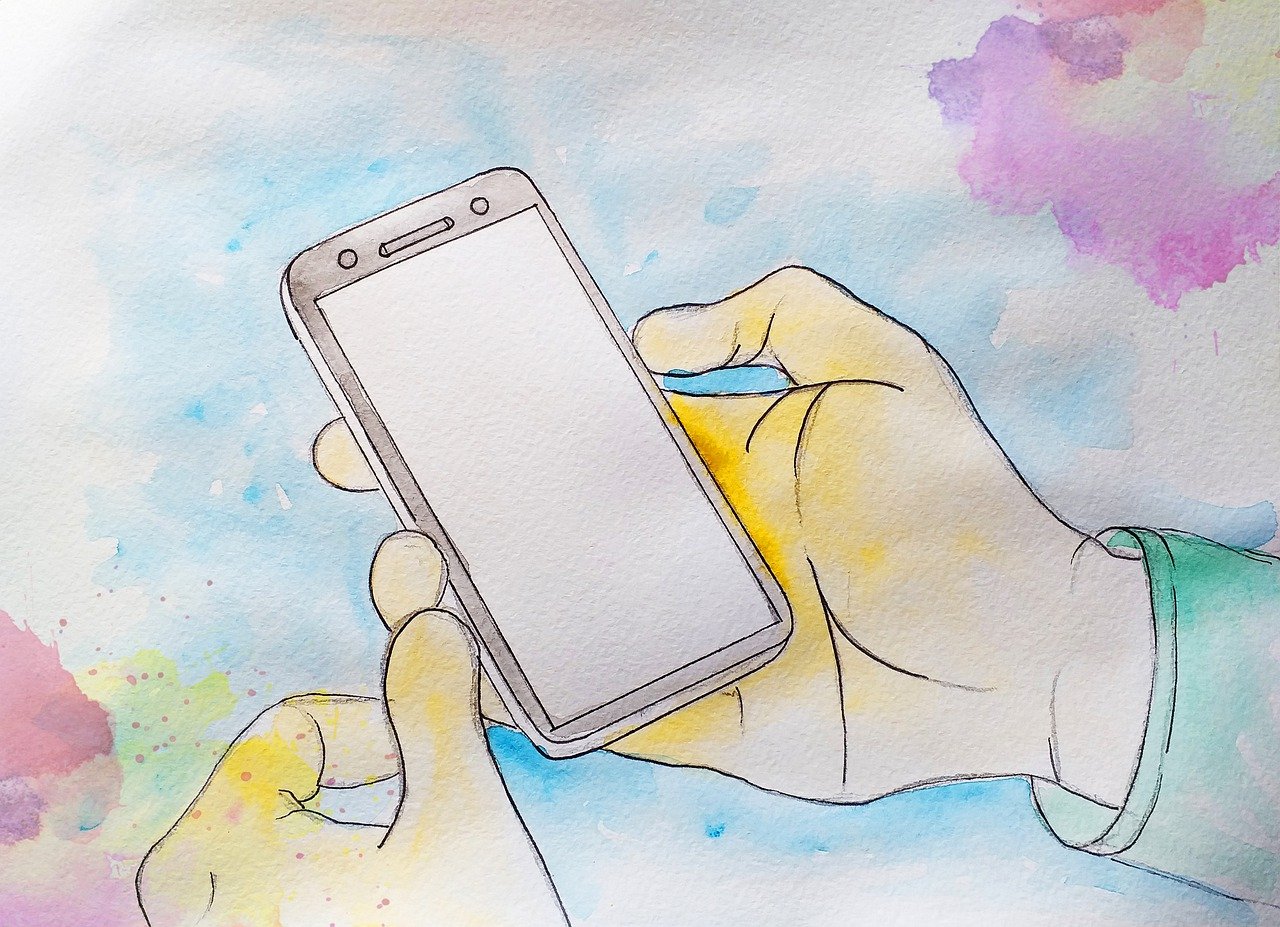Mobile Phone Signal Barriers

You will find the same thing being said at every office, “I can’t get a signal.” This is a common phrase uttered at seemingly every office regardless of how modern the technology is. It’s not unexpected. After all, we rely on devices and are connected more than ever before. Unfortunately, we still cannot get a signal in some of the most important places.
There are plenty of reasons for this. Perhaps one of the main reasons is our reliance on using building materials with superior strength and insulation. A lot of the building’s materials are chosen for these things and not for better signal. The signal isn’t a priority to architects and the overall construction.
All of the mobile phone networks use radio waves to communicate with one another. The difference between mobile and TV or Radio waves is the reliance on two-way communication. With mobile phones, the waves need to reach both the recipient and the device. The same isn’t true with radio and TV waves. Both signals don’t need to be strong enough, only the receiving signal.
There is a solution…
The Barriers
Mobile phone signals operate in different frequencies. These frequencies are known as mobile bands and they are maintained by cell phone carriers. The carriers divide all of the mobile bands up and use them for their customers. There are typically a few major carriers who also sublease to Mobile Virtual Network Operators known as MVNOs. The major carriers in the UK are O2, Vodafone, Three, and EE. The MVNOs are Giff Gaff, Tesco Mobile, Virgin Mobile, and others.
The higher the frequency, the more susceptible it is to obstruction. You can tend to see this very visibly with WiFi signals. That’s why you want to use 3.4Ghz bands when you are looking for the signal to reach longer distances and through non-porous materials. Whereas, if you have a shorter distance and you don’t have much obstructing the signal, 5Ghz would be both faster and preferred. Here are a few of the construction materials that can easily block signals from getting relayed.
1. Coated Glass
This is one of the things you want to look out for that may not seem to be the case. While plain glass won’t be a problem, the coated glass will. A lot of the modern designs for class have this coating on them for improved thermals and energy efficiency. The issue is, that it’s not only good at reflecting heat, but also at reflecting mobile signals. This can result in the building being a dead spot for mobile signals. While this glass looks great and premium, it can be a hindrance to a good signal.
2. Foil-Backed Insulation
The Kingspan style of foam is placed in between two different layers of foil. This can be a good option when it comes to improved insulation, but it’s not good for getting a good signal. The foam can be extremely absorbent which can block the mobile signal from reaching.
Some Of The Solutions…
1. Change Your Position
One of the oldest solutions in the book is by altering where you are standing. If you aren’t getting a good signal in a building, you would try to stand by a window. This can be a good way to limit the barriers to your signal reaching out. While effective, it’s not practical. This can be a very impractical solution especially if it results in you standing right near someone else’s desk. You also don’t want to have to rely on running over to a window whenever you need to answer your phone. As a side point, you may want to learn about mobile phones signal boosters. This is made up of three main elements – exterior antenna, amplifier, and interior antenna. They form a wireless system to boost cellular reception.
2. Femtocell
This is another more practical solution. It’s known as “Sure Signal.” Typically, you can get these directly from your mobile network provider. With a Femtocell, you can get a better signal. It works by creating a link to the carrier using the Internet and then broadcasting it. In most instances, you will need to register it to specific mobile devices that are to be used. This can be a very effective product, but you will need the Internet for it to work. Likewise, you can’t swap them out between carriers if you switch. Therefore, if you purchase one from Vodaphone, you would be stuck using that carrier unless you want to buy another when you switch.